This video was sponsored by Cynosure, although this post was not.
Lasers! You can use them to cut things, you can use them to point at words, and you can use them to treat about a million different skin-related things. These are just the ones I found on the AAD website:
Birthmarks, melasma, hyperpigmentation, freckles, acne, rosacea, psoriasis, wrinkles, fine lines, scar reduction, skin tightening, rough texture, enlarged pores, skin rejuvenation, loose skin, facial redness, warts, cellulite, some skin cancers, oculodermal melanocytosis (nevus of Ota), keratosis pilaris, solar lentigines (age spots), telangiectases (broken capillaries), varicose veins, hair regrowth, hair removal, tattoo removal.
There’s different types of pigment and red marks, skin texture, loose skin, hair removal AND hair regrowth, tattoo removal… so how does it work and does it hurt?
I’m going to be highlighting ethnic/melanated skin in this post, which is especially tricky to treat, and my own experience with getting a set of Picosure Focus treatments: what’s involved, how it actually feels, whether it’s painful, and the results.
The video is here on YouTube, keep scrolling for the text version…
Skincare products are great, but there’s a limit to how much they can do, and how quick they can work. In-clinic treatments can be a better option for a lot of things, and laser treatments are one of the most popular.
As you can tell from the giant list above, lasers are incredibly versatile. This isn’t a complete list, and lasers aren’t necessarily the only or the best treatment for a lot of these, but it gives you an idea of the massive range of conditions we’re talking about.
What is a laser?
LASER stands for Light Amplification by Stimulated Emission of Radiation, and a laser is a machine that shoots out light. But it’s not the same as a torch – the light has special properties that make it really good for skin treatments.
The light is very aligned and in sync, which means a laser’s light is very energetic and focused into a tiny area. It’s one colour – the light is a specific wavelength.
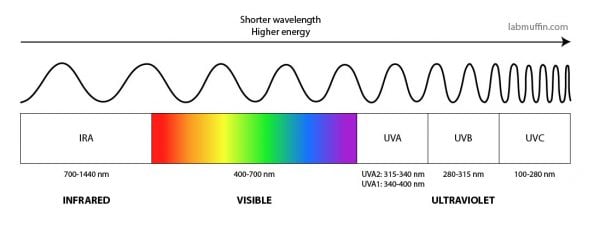
Having just one colour of light means you can target and destroy specific things in the skin, with minimal damage to everything else.
How do lasers work?
When you shoot light into skin with a laser, something in there will absorb the light.
When stuff absorbs light it can convert to other forms of energy, like heat. If you put a black thing and a white thing in the sun, the black thing heats up more because black dye absorbs more light energy and turns it into more heat.
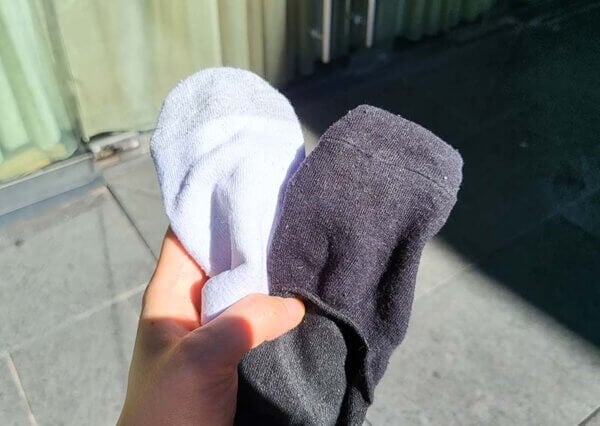
The importance of wavelength
Different things absorb different wavelengths of light. So if you shoot a wavelength into your skin that melanin pigment absorbs, but other chemicals in your skin don’t, then the melanin in your skin gets blasted with minimal damage to everything else. And most lasers work much like different coloured things in the sun: the melanin heats up, while the rest of your skin stays mostly cool.
This is called selective photothermolysis: you can select (selective) one thing, and use light (photo) to heat (thermo) it up until it breaks (lysis).
The thing in the skin that the laser is targeting (it selectively absorbs the wavelength of light) is called the chromophore. As well as melanin, the other chromophores in skin that lasers usually target are hemoglobin (the red chemical in red blood cells) and water.
So to remove brown pigment patches, lasers target melanin; to remove red things like broken capillaries, the lasers target hemoglobin.
Skin has a lot of water, so the lasers that target water cause controlled damage to the skin in general. This hopefully gets the skin to repair itself in a good way, like with more collagen in a rejuvenating treatment, or to smooth out the surface and reduce fine lines and scars (which is called laser resurfacing).
Different wavelengths also travel different distances in skin. Longer wavelengths can go deeper into the skin, so longer wavelengths are used in laser hair removal – they get down deep enough to heat up and kill cells in the hair root, which is down here in the dermis. For pigment that’s shallow in the skin, you can use shorter wavelengths that don’t have to get down as far.
Other variables
Aside from wavelength, there are tons of other settings that can be adjusted to change how a laser works on the skin:
- the pattern of the light (whether it’s a continuous beam or pulses)
- how long each pulse is, the gap between pulses
- whether the beam gets spread out (e.g. with a diffracting head = fractionated laser)
Gentle laser treatments
All these options mean that:
A. Laser results will depend a lot on the skills of the person using the laser on you, so it’s really important to research properly before booking in a treatment.
B. There’s a huge range in terms of how intense laser treatments are.
I think a lot of us, including me, are a little scared when we think of laser treatments, because we think of lightsabers and laser eye surgery, and pictures of people with scabby red skin hiding in the dark for a week after their treatment. And yes, this is one form of laser treatment – this is called ablative laser, which purposely damages the top layer of skin in a controlled way. Ablative laser can give really dramatic results, which is why people are willing to put up with a week of being scabby – it can take months to finish healing.
But there are also much gentler laser treatments now that don’t have this long downtime, and have less risks involved, particularly for darker skin types – people with Asian skin like mine/Mediterranean skin or darker (so, most people in the world).
Ethnic/melanated skin and laser
One of the biggest problems with laser treatments in darker skin types is that our skin responds to trauma by producing pigment, through what’s called post-inflammatory hyperpigmentation (PIH). So if you’re using a laser to blast away pigment (which we often are, since uneven pigmentation is one of the main ways our skin ages), there’s a big risk of causing so much trauma you make more pigment form. This is the exact opposite of what you want to happen! You don’t want to blast away a patch of pigment and get the same patch, or an even bigger patch. This type of post-inflammatory hyperpigmentation is also called rebound pigmentation, and it used to be a massive risk for darker skin with laser treatments.
But there’s been newer lasers developed that can treat darker skin effectively, with much less of a risk of rebound pigment. One of the most popular ones is the Picosure Focus, which is the machine I was treated with at Neutral Bay Dermatology.
Picosure Focus Treatment
The Picosure Focus Treatment has two special features:
Super short light blasts
First there’s a really short pulse duration. The “pico” part refers to picoseconds – this laser fires very short bursts of light into skin that last less than one billionth of a second (< 1/1000000000 sec). This means there isn’t really much time for heat to build up and damage the surrounding bits of skin and trigger rebound pigment.
It’s kind of like when you take something really hot out of the microwave and you’re too lazy to get a towel – if you go really fast and you don’t touch it for too long, there’s not enough time for heat to build up in your skin and burn you.
It also turns out that really short laser pulses work a bit differently in the skin. Traditional lasers mostly work by heating up pigment until it breaks (photothermal). But with picosecond lasers, the light turns into sound (photomechanical) instead of heat, and the pressure waves from the sound mechanically shatter the pigment particles. So you can get really effective breaking up of pigment, without the same amount of heat and that risk of rebound pigment.
These pressure waves also have a skin rejuvenating effect. They stimulate collagen and elastin in the dermis, which means you get plumper skin, and smoothing out of fine lines and wrinkles and shallow scarring. And because melanin is what turns the light into pressure, it actually works better on melanated skin.
This picosecond technology was actually first developed for tattoo removal, and it’s only really become popular for skin treatments in the last 5 years or so – it’s made it a lot easier for skin clinics to treat ethnic skin more effectively and more safely.
Fractionated laser
The other special feature of the Picosure laser is the Focus Lens Array, which is a fractionating head. What this means is it splits up the laser beam (fractional) into lots of little concentrated dots, so you treat lots of separate columns of skin instead of one big spot.
Again this means the heat builds up less – if we go back to taking hot stuff out of the microwave when you’re lazy, it’s like how you try to hold it with little spread out claws.
This also means a lot more power can be delivered safely – 20 times the amount compared to the original Picosure. So it’s more effective while also being safer.
And so, all of this means that the Picosure Focus is really safe for treating ethnic skin.
Before the treatment
Before the treatment, you’ll still have to avoid tanning, both real and fake, because it’ll get in the way of the laser. But you won’t have to avoid skincare that makes your skin sensitive to light for as long – I only had to stop using chemical exfoliants and retinoids for a couple of days. For more intense treatments you might need to stop using them for a few weeks, plus you might need to avoid some medications like ibuprofen that can cause bruising.
During the treatment
The Picosure treatment is also really gentle and painless, as far as lasers go.
Now, I am a massive wuss when it comes to laser treatments, but the doctors and nurses at Neutral Bay Dermatology were really lovely. They reassured me that most people don’t feel much, but they offered me numbing cream anyway – I took it because I figured I’d rather have it and not need it than chicken out in the middle.
Here I am looking like The Weeknd, waiting for it to set in. If you go for the cream you’ll have to turn up about half an hour early.

There’s also cold air blown onto your face during the treatment which numbs your face. That’s the tube on the left held by the nurse in this photo:
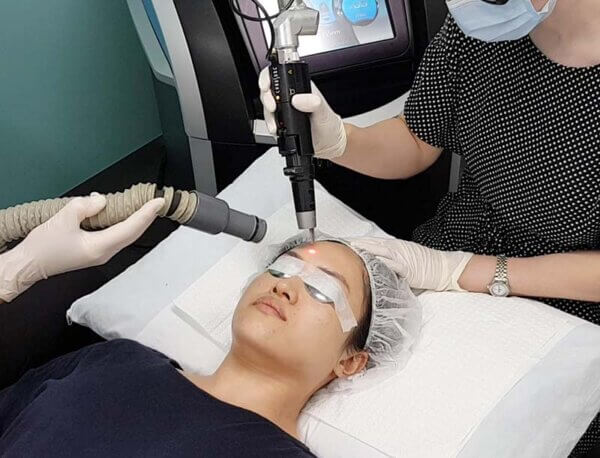
With all the numbing and the cold air, the laser felt like a tiny little rubber band snapping gently against my skin. It snapped a little harder in spots where I had pigment, but it was more annoying than painful. I found that with the nurse talking to me to distract me it was very bearable, and the treatment was over very quickly. It only takes about 10 minutes.
The snapping sound in the video is actually the pigment breaking up!
I tried the laser on my not-numb hand later and it felt fine, so I don’t think I really needed the cream – but I’ve learned from past experience to always say yes when medical professionals give me painkillers, so base it on your own pain tolerance.
Immediately after the treatment
Obviously after the treatment my face was still super numb. If you go in without any numbing, it feels like a slight sunburn. They gave me two ice packs to hold on my face for 10 minutes, to soothe the skin and reduce the chance of swelling.
Now probably the coolest thing about the Picosure is that you have virtually zero downtime! In other words, you can face the world and do all your usual things pretty much immediately, there’s no flaking or peeling or scabbing – apparently a lot of people get this sort of treatment during their lunch break. Your skin might be a bit red afterwards, but it should go away after a couple of hours. My skin looked completely normal:
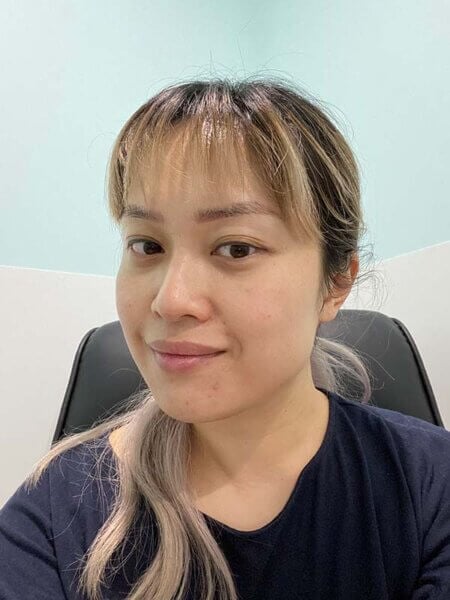
You might see that your pigment is actually darker at this stage, and that’s because the pigment is more spread out from all the shattering. The pigment might get darker for the next 24 hours, then over the next 1-2 weeks the pigment will shed along with your normal skin cell turnover.
In terms of results, the Picosure is also quite fast – you should see pretty significant changes after one treatment, but usually for dealing with pigment, texture and sun damage it takes 2-4 treatments, 2-4 weeks apart so your skin has time to shed the pigment between treatments.
Here are my results after two treatments – I couldn’t get photos after the third treatment because we went into lockdown!
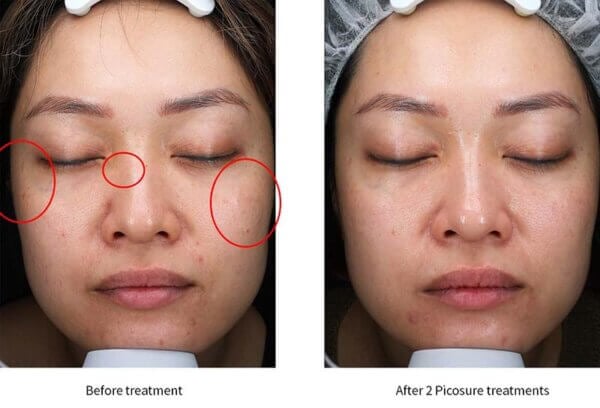
You can see even with just two treatments the pigment’s faded quite a bit, on my cheeks and on the bridge of my nose. The most obvious change is with the pigment on my cheekbones – some stubborn brown patches I’ve been trying to target with topicals were faded to pink or completely gone after the first treatment! It’s a bit harder to see but the pores and texture are also a bit softer
The Picosure is the most popular picosecond laser, so it’s been used effectively on millions of people around the world. There’s a lot of research around it, there are lots of clinical trials using the Picosure and you’ll be able to find lots of before and after photos (I recommend searching for B&A photos regardless of which laser you’re considering, and specifically looking for them from the specific clinic you’re going to, and of a skin type similar to yours, especially if your skin is darker).
I’m going to be honest with you, I was pretty hesitant to get these laser treatments at first. I am utterly pathetic when it comes to painful skin treatments. I’ve turned down free treatments before because I was worried about the pain. But my experience with the Picosure was really good. I found it much gentler than I thought laser could be. It’s definitely changed my mind about laser treatments, and I’d happily do it again – which is not something I thought I’d ever say about laser!
References
Kasai K, Picosecond Laser Treatment for Tattoos and Benign Cutaneous Pigmented Lesions (open access), Laser Ther. 2017, 26, 274-281. DOI: 10.5978/islsm.17-RE-02.
Torbeck RL, Schilling L, Khorasani H, Dover JS, Arndt KA, Saedi N, Evolution of the Picosecond Laser: A Review of Literature. Dermatol Surg. 2019, 45, 183-194. DOI: 10.1097/DSS.0000000000001697
Wu DC, Goldman MP, Wat H, Chan HHL. A Systematic Review of Picosecond Laser in Dermatology: Evidence and Recommendations. Lasers Surg Med. 2021, 53, 9-49. DOI: 10.1002/lsm.23244
Ren R, Bao S, Qian W, Zhao H. 755-nm Alexandrite Picosecond Laser with a Diffractive Lens Array or Zoom Handpiece for Post-Inflammatory Hyperpigmentation: Two Case Reports with a Three-Year Follow-Up (open access). Clin Cosmet Investig Dermatol. 2021, 14, 1459-1464. DOI: 10.2147/CCID.S323872
Saluja R, Gentile RD. Picosecond Laser: Tattoos and Skin Rejuvenation. Facial Plast Surg Clin North Am. 2020, 28, 87-100. DOI: 10.1016/j.fsc.2019.09.008
Forbat E, Al-Niaimi F. The use of picosecond lasers beyond tattoos. J Cosmet Laser Ther. 2016, 18, 345-347. DOI: 10.1080/14764172.2016.1188209
Pico Lasers for Skin Conditions (video) – Dr Davin Lim
The video version of this is sponsored, although this post isn’t sponsored. For more information, see Disclosure Policy.
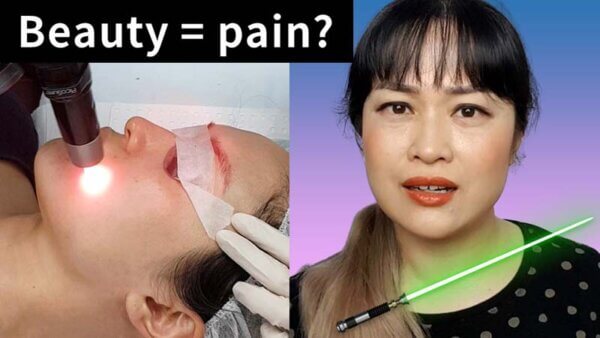


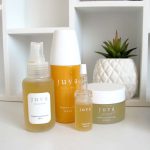
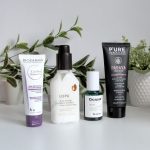
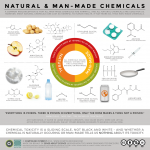
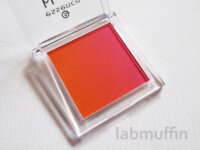
I am 57 YO, redhead and have freckles and a larger age spot on my face. I went to a beauty clinic that advised 6 laser genesis treatment for me which I did at a cost of $2K plus skincare – IS Clinical. I am in Australia. Post procedure my skin is slightly better but age spot still there. Bit disappointed in results. I use sunscreen regularly. Any thoughts?